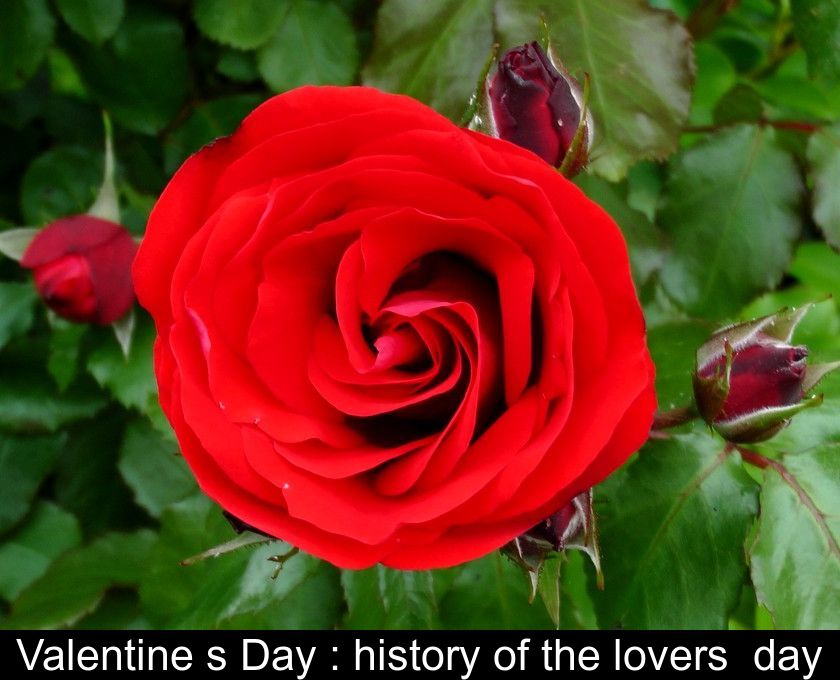Valentine's Day : History Of The Lovers' Day
February 14, Valentine's Day, is celebrated in many countries as the holiday of lovers. Gifts, flowers and small words are then de rigueur to declare one's love to the one you love. While the first celebrations of love date back to antiquity, the date of February 14th has only been associated with lovers since the Middle Ages.
What are the traditions of the lovers' day?
Valentine's Day is an opportunity for lovers to exchange sweet words and proofs of love. The most given gifts on this February 14 are a dinner out, chocolates or flowers for women and books or perfume for men.
In addition, nearly one billion greeting cards bearing symbols of love (heart, winged Cupid, red roses) are sent each year on Valentine's Day.
This makes this day rank just behind the Christmas holiday for card exchange.
What is the origin of Valentine's Day?
The origin of Valentine's Day dates back to ancient times. Already at that time, the middle of February was associated with love through festivals celebrating Wedding (in Greece) or fertility (in Rome).
In the Roman calendar, the day of February 15 was the Lupercales, that is, the feast of Lupercus, the god of fertility.
The priests of Lupercus sacrificed goats to the god and ran through the streets of Rome half-naked touching passers-by. For young women, being touched like this was supposed to make them fertile and facilitate childbirth.
The oldest origins of St. Valentine's Day are therefore linked to pagan festivals, long before the time of the Christian martyrs.
Who was Saint Valentine?
Historians disagree on the identity of St. Valentine, the saint celebrated on February 14 who is now considered the patron saint of lovers.
At least three different saints are called Valentine in Catholic tradition: Valentine of Rome, Valentine of Terni and another martyr who lived in North Africa So there are several versions of the life and martyrdom of Saint Valentine.
When did this date become the Lovers' Day?
The date of February 14 is said to have been set by decree of Pope Gelasius I, around 498. This feast of the Catholic Church was not associated with love until the High Middle Ages.
The connection between St. Valentine's Day and love is said to date back to the 14th century. Many of the legends about St. Valentine's Day likely originated during this period.
Even then, it was common for lovers to exchange love bills. Since the 19th century, greeting cards have replaced sending bills.











